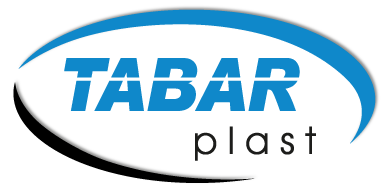TABAR-plast GmbH ist ein mittelständiges Familienunternehmen, dessen Kernkompetenz im Bereich der Aufbereitung und des Handels von thermoplastischen Kunststoffen liegt.
Abonnieren Sie unseren Newsletter, um regelmäßige Updates zu erhalten. Bleiben Sie auf dem neuesten Stand über aktuelle Materialien in unserem Bestand und verpassen Sie keine unserer Suchanfragen.
